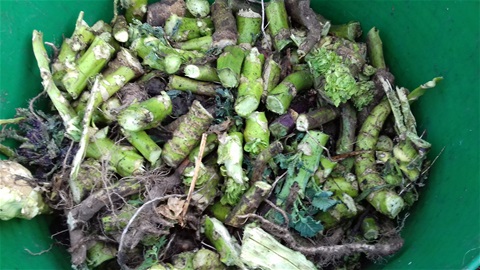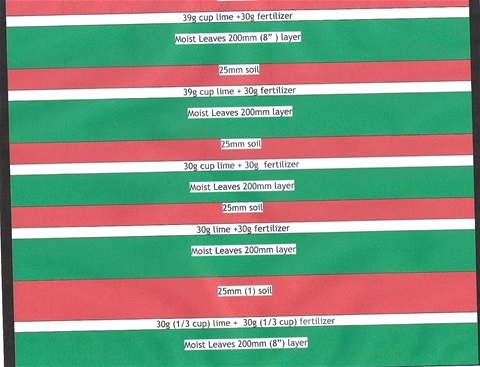Celebrate Compost Awareness Week a day early by attending the first Composting course at Stokes Wood Allotments on 2nd May. This will enable you to spend time during the week dedicated to composting internationally putting your newfound
knowledge into practice.
Neglected compost bins and heaps are a feature of many allotment sites and it would seem some plot holders would prefer a bonfire or paying the council to process their waste or making their own compost. These bins
spoil the look of the site and demonstrate a waste of a valuable means of improving the soil of the allotment. The problem is not confined to allotments, a 2004 survey showed that as many as 40% of householders who had brought
a bin and started home composting stopped using because of a lack of composting knowledge. This led to Councils offering leaflets, web pages and trained “master composters” to provide support and advice resulting in a reduction in the dropout
rate to 8-14% . In recent years this figure has reduced further to 3.9% which is probably as low as it will go without further intervention.
There are a number of reasons for composters dropping out such as insufficient waste
to feed the bins, lack of time as well as specific problems relating to lack of knowledge of composting techniques and specific concerns relating to smells, flies and rats.
From the environmental perspective there is also a problem with
cooked food waste which requires special, quite expensive bins to compost at home, although a pre-compost product suitable to be added to a normal compost bin can be produced using a relatively cheap Bokashi system.
Low Cost
practical courses
To help increase awareness of composting techniques and increase the scope and rate of composting at home and on allotments we are starting a series of low-cost training sessions at the Stokes Wood Allotment Composting
Demonstration Site, 2B Stokes Drive, Leicester, LE3 9BS. Details from carryoncomposting1@gmail.com

